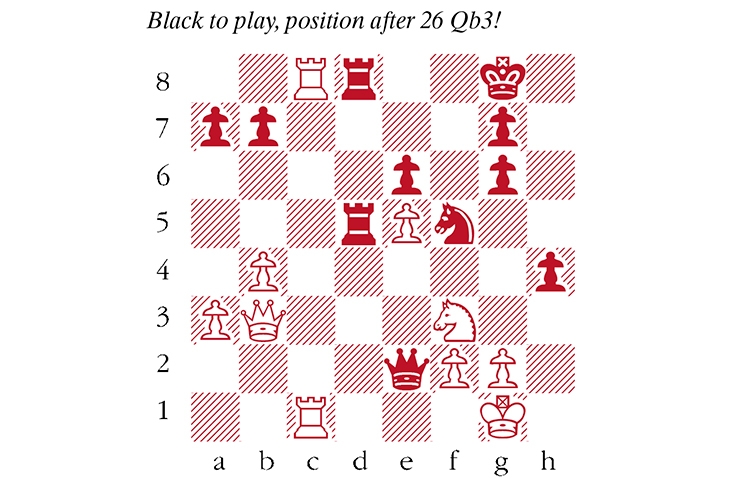I can’t tell you why the Armenian grandmaster Tigran Petrosian was found guilty of cheating last month, because I don’t know. The event was the 2020 PRO Chess League, an online team event organised by Chess.com. Petrosian (not to be confused with his namesake, who was World Champion in the 1960s) was playing for the Armenia Eagles, who appeared to overcome the St Louis Archbishops by 9.5-6.5 in a David and Goliath final. Petrosian’s 3.5/4 score against the mighty Archbishops’ squad (including wins against Fabiano Caruana, Wesley So and Leinier Dominguez) was exceptional. After his games were investigated and the results overturned, the title (and $20,000 first prize) was re-awarded to the team from St Louis.
In recent years, forensic statistical analysis of chess games has become a niche area of research. With the right software, one can dissect an entire collection of games, measuring each move against the suggestions of a powerful chess computer. This offers an interesting historical perspective, and a semblance of objectivity, in comparing players from different eras, like Capablanca and Fischer. It also offers the prospect of a tool to detect cheating. Unmasking a primitive cheat, who copies the computer’s favourite move at every turn, is easy. But we can also quantify, for a given strength of player, how far short of that ideal we would expect them to fall over the course of a game.
Nobody wants to play against an opponent they suspect of cheating, so online chess platforms carefully hone their algorithms to detect it. There are also considerations beyond the raw moves. How quickly were the moves made? Did the player switch windows suspiciously often? But the platforms (not only Chess.com) remain coy about precisely how they weigh these things up, on the grounds that publicising their methods would help cheaters to boost their play just within the limits of what is deemed algorithmically acceptable.
Unfortunately, false positives are an inevitable by-product of any such algorithm, even when the platforms promise that decisions have been reviewed by a human. Furthermore, the secrecy around the methods makes it very hard to instate a credible appeals process, which seems essential when $20,000 and reputations are on the line.
Petrosian is a strong grandmaster, especially adept at fast time limits. Looking over all the games, neither his results nor his moves give me particular grounds for suspicion (he was in trouble against Caruana, but got away with it — see below). Some observers who watched the webcam footage have suggested that his downward eye movements, as if seeking assistance from a second device on his lap, look distinctly unusual. Petrosian has vehemently denied the allegations. Perhaps the PRO Chess League arbiters spotted some other ‘trout in the milk’, and I believe that the decision to disqualify him was made after careful consideration. But I’m still left wondering… why?
Fabiano Caruana — Tigran Petrosian
PRO Chess League Final, September 2020
26… Rxc8! This looks risky, but White was threatening 27 Rxd8+ followed by 28 Qxe6+ 27 Rxc8+ Kh7 It is counterintuitive, but 27…Kf7 was a better defence 28 Rc1? Missing the moment. 28 Ng5+! Kh6 29 Nxe6! threatens mate on h8, so White can meet 29… Qd1+ with 30 Kh2! leaving the queen hanging on b3. After 30… g5 31 Qc4 White has a winning attack. 28… Kh6! Brave: this stops Nf3-g5+ 29 Re1 Qd3 30 Qb2 Qc4! Another important move, preventing Qb2-c1+. 31 Qb1 g5 32 Re4 Qd3 33 Qxd3 Rxd3 With an extra pawn, the endgame is comfortably winning 34 a4 Kh5 35 Kf1 g4 36 Nh2 g3 37 Nf3 Ra3 38 Rc4 Ra1+ 39 Ne1 g5 40 Rc8 Ra2 41 Rh8+ Kg6 42 Nd3 Rd2 White lost on time.






Comments